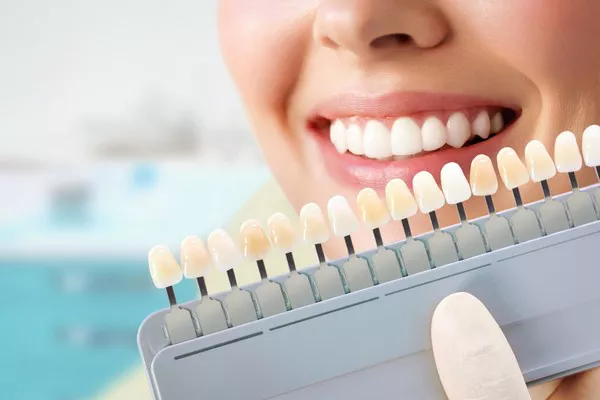In the realm of oral health, dentists play a pivotal role in ensuring that our teeth and gums remain in pristine condition. One critical aspect of this dental care journey is deep cleaning, a procedure that many individuals find themselves facing at some point in their lives. But what does a dentist do during a deep cleaning? In this comprehensive guide, we’ll delve into the intricacies of this procedure, providing insights into its importance and the steps involved in the process.
1. The Importance of Deep Cleaning
Deep cleaning at the dentist is not just a routine dental check-up; it’s a vital procedure that serves to safeguard your oral health. When it comes to maintaining your teeth and gums, this procedure plays a crucial role in preventing and treating periodontal disease, which can have severe repercussions if left untreated.
1.1 Preventing Periodontal Disease
Periodontal disease, commonly known as gum disease, can wreak havoc on your oral health. It begins with the accumulation of plaque and tartar on your teeth, which eventually leads to the inflammation of the gums. Deep cleaning is instrumental in preventing this disease by thoroughly removing the buildup of harmful bacteria and hardened deposits on your teeth.
1.2 Treating Periodontal Disease
For individuals already suffering from periodontal disease, deep cleaning becomes a treatment method. The dentist not only eliminates the plaque and tartar but also smoothens the tooth‘s root surfaces. This helps in reattaching the gums to the tooth, fostering a healthier and more stable oral environment.
2. The Step-By-Step Process of Deep Cleaning
Deep cleaning, also known as scaling and root planing, consists of several essential steps. Let’s break down the procedure to get a better understanding of what exactly happens during a deep cleaning at the dentist.
2.1 Initial Assessment
The process kicks off with a comprehensive examination of your oral health. The dentist will assess the extent of plaque and tartar buildup and gauge the severity of gum disease, if present. This assessment guides them in tailoring the deep cleaning to your specific needs.
2.2 Scaling
The next step involves scaling, where the dentist uses specialized instruments to remove the accumulated plaque and tartar from the surfaces of your teeth. This meticulous process ensures that no harmful deposits are left behind.
2.3 Root Planing
Once the tooth surfaces are thoroughly cleaned, the dentist proceeds with root planing. This step involves smoothing out the rough surfaces on the roots of your teeth. This is essential to prevent the reattachment of bacteria and help the gums re-adhere to the tooth.
2.4 Antibacterial Rinse*
Post-scaling and root planing, your dentist may use an antibacterial rinse to eliminate any remaining bacteria and promote healing. This rinse also helps reduce inflammation and prevents infection.
2.5 Follow-up and Maintenance*
After the deep cleaning procedure, the dentist will provide guidance on oral hygiene practices and schedule regular follow-up appointments to monitor your progress. Maintaining good oral hygiene at home is crucial to ensure the success of the deep cleaning.
3. The Benefits of Deep Cleaning
Deep cleaning offers a multitude of benefits beyond just preventing and treating periodontal disease.
3.1 Improved Oral Health
This procedure significantly improves your oral health by removing harmful bacteria, tartar, and plaque. This, in turn, leads to healthier gums and reduced chances of tooth loss.
3.2 Fresher Breath*
One of the noticeable side effects of deep cleaning is fresher breath. By eliminating bacteria and deposits, the procedure can effectively combat bad breath, restoring your confidence.
3.3 Preventing Tooth Decay*
Deep cleaning can also help in preventing tooth decay by creating a clean and healthy environment in your mouth. It makes it easier to maintain regular dental hygiene routines.
In conclusion, deep cleaning at the dentist is a critical procedure for maintaining optimal oral health. By removing harmful bacteria and deposits, it not only prevents and treats periodontal disease but also brings a host of other advantages such as fresher breath and lower chances of tooth decay. So, the next time you find yourself in that dental chair for a deep cleaning, you’ll know exactly what your dentist is doing to keep your smile healthy and bright. Remember, regular dental check-ups and good oral hygiene practices are the keys to a lifetime of healthy teeth and gums.
Related Links:
How often should scaling of teeth be done?
How long does a deep dental cleaning take?
How often should you get a scale and polish?
































